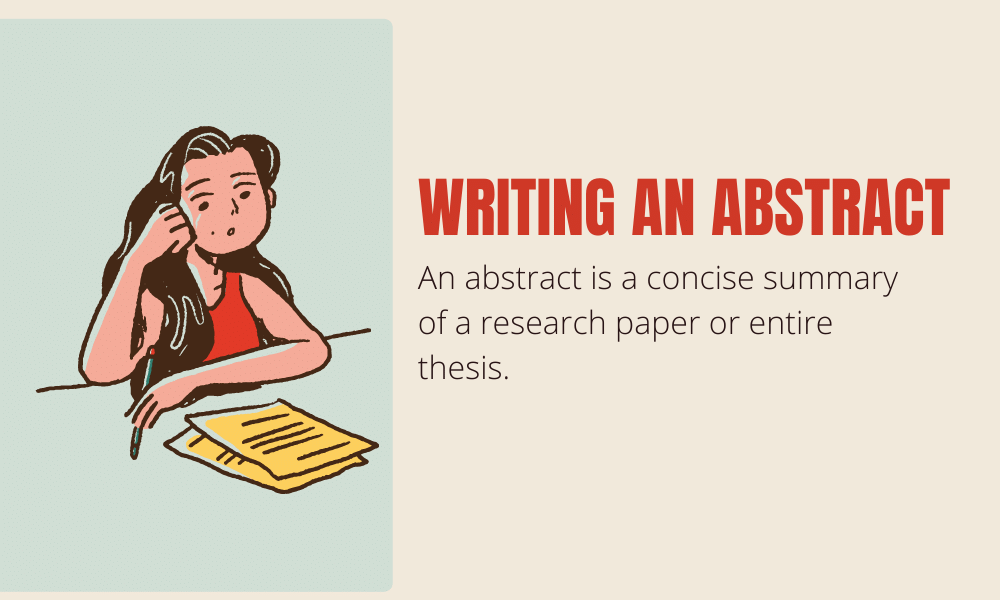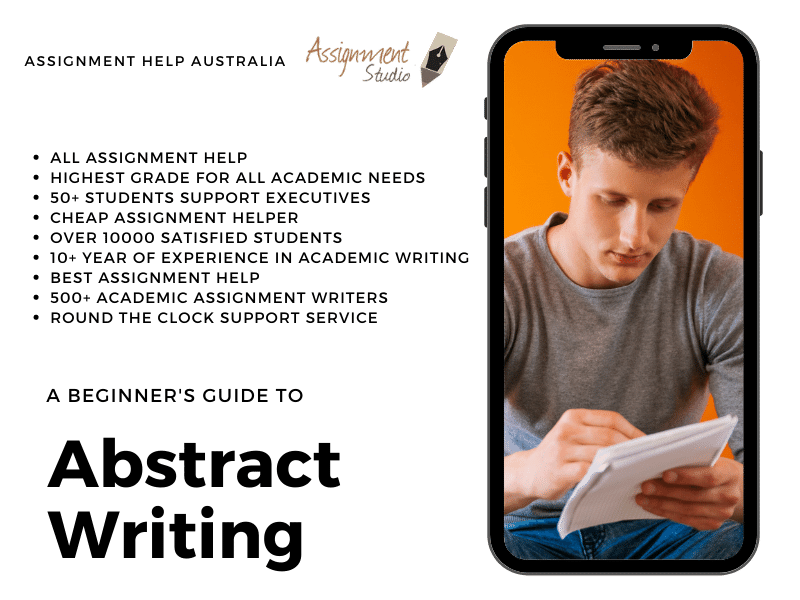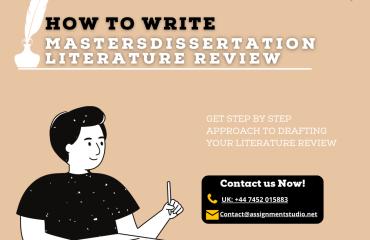
A paper’s abstract is a condensed version of it. It gives the reader a comprehensive overview of the material. A reader can just read the abstract to get the complete story. Writing an abstract is difficult because you must summarize all of the crucial information into a few phrases. If you’re unsure how to create an abstract for your paper, the Assignment Studio’s greatest Australian abstract writing professionals can assist you. Continue reading this article to learn more about the abstract.
Table of Contents
What is an Abstract?
An abstract must summarize your study project in a concise but understandable manner. It tells the reader the purpose of the paper, the technique used, the results, and the significance of the results in one to three sentences.
Abstracts are essential components of reports, research papers, and academic tasks. The abstract, while being the last thing you write, is the first thing people look at when they want a summary of the entire research paper. We recommend that you write the abstract last because you will have a better understanding of all your results and conclusions.
What is the Purpose of an Abstract?
Students are frequently assigned to write abstracts for their academic papers by their professors. When creating an abstract, it’s crucial to remember what the abstract’s objective is. One of the key goals is to convey helpful information about a document to readers. Another important function of an abstract is to assist readers in evaluating and choosing a paper that will be valuable in their research. An abstract should give a reader enough information about a document to make an informed decision without having to read the entire paper.
- An abstract summarizes the most important features of the paper.
- Abstracts should be concise and accurate, as well as self-contained and readable.
- Rather than quoting from the document, the abstract should paraphrase and summarize it.
- Abstracts should only refer to the work being presented or evaluated.
Types of Abstracts
In general, there are two types of abstracts that are most frequently used:
-
Descriptive
In a summary of 100 words or fewer, a descriptive abstract summarizes the type of information contained in the article. It includes keywords from the article but does not include the research conclusions.
- Background
- Purpose
- Special interest/focus of the paper
- Contents overview (not always included)
-
Informative
Everything in a descriptive abstract is included in an informative abstract, as well as the research findings and conclusions. The author summarizes and explains the important points, as well as the findings. An informative abstract can be any length, but it should not take up more than 10% of the overall piece.
- Background
- The research goal or objective
- The method
- Findings or results
- Conclusion
When Is It Necessary to Write Abstracts?
Writing Abstracts are crucial because they provide readers with a first impression of the paper that follows, allowing them to decide whether or not to continue reading and indicating what they should search for. Although some abstracts simply describe the contents of a document, the most useful abstractions provide additional information to the reader. An abstract should contain as much quantitative and qualitative data as possible, as well as the logic behind the paper.
You must compose abstracts when writing your research paper, thesis, or any other academic assignment. This will give the reader a complete picture of your paper, which will be helpful to them. It gives you the most important facts in your article. When you come across an abstract in a document, you will consider yourself fortunate. Because you won’t have to read the entire document.
What to Include in an Abstract?
In your abstracts, there are five main sections to cover. The most important sections are the purpose of writing, problem, methodology, findings, and implications. You may find detailed instructions on how to write these parts below.
- Purpose of writing: Why are we concerned about the situation and its outcomes? If the problem isn’t “interesting,” motivation should come first; but, if your work involves step-by-step progress on a topic that is widely acknowledged as essential, the problem statement should come first to show which portion of the main problem you are working on.
- Problem: What issue are you attempting to resolve? What is the scope of your work? Make sure you’re not using too much jargon. In certain cases, presenting the problem statement before the motivation is appropriate, although this works best when the majority of readers already understand why the problem is important.
- Methodology: What steps did you take to solve or progress on the problem? For a real product, did you use analytic models, prototype creation, or field data analysis? What was the scope of your investigation? What key variables did you try to control, ignore, or measure?
- Findings: What is the result? Most good computer studies conclude that something is a certain % quicker, cheaper, smaller, or otherwise superior to something else. Put the result in numbers there. Avoid using hand-waving terms like “extremely,” “small,” or “significant” in your results.
- Implications: What are the implications of your response? Is it going to change the previous idea, be a huge “victory,” or merely serve as a warning sign that this path is a waste of time (all of the preceding results are useful)? Are your findings generic, theoretically generalizable, or exclusive to one case?
When Writing an Abstract, Keep the Following Points in Mind:
- An abstract will most likely be viewed without the rest of the paper, so make it complete enough to stand on its own.
- Your audience expects you to describe your primary findings as well as your objective, methods, and conclusions.
- Don’t mention anything in the abstract that isn’t in the document.
- When possible, avoid using “I” or “we“ and use active verbs instead of passive ones.
- Trade names, acronyms, abbreviations, and symbols should all be avoided.
- Make use of the document’s keywords.
Examples of an Abstract from Assignment Studio’s Experts
Here is an example of an abstract written by one of Assignment studio’s professional writers.







